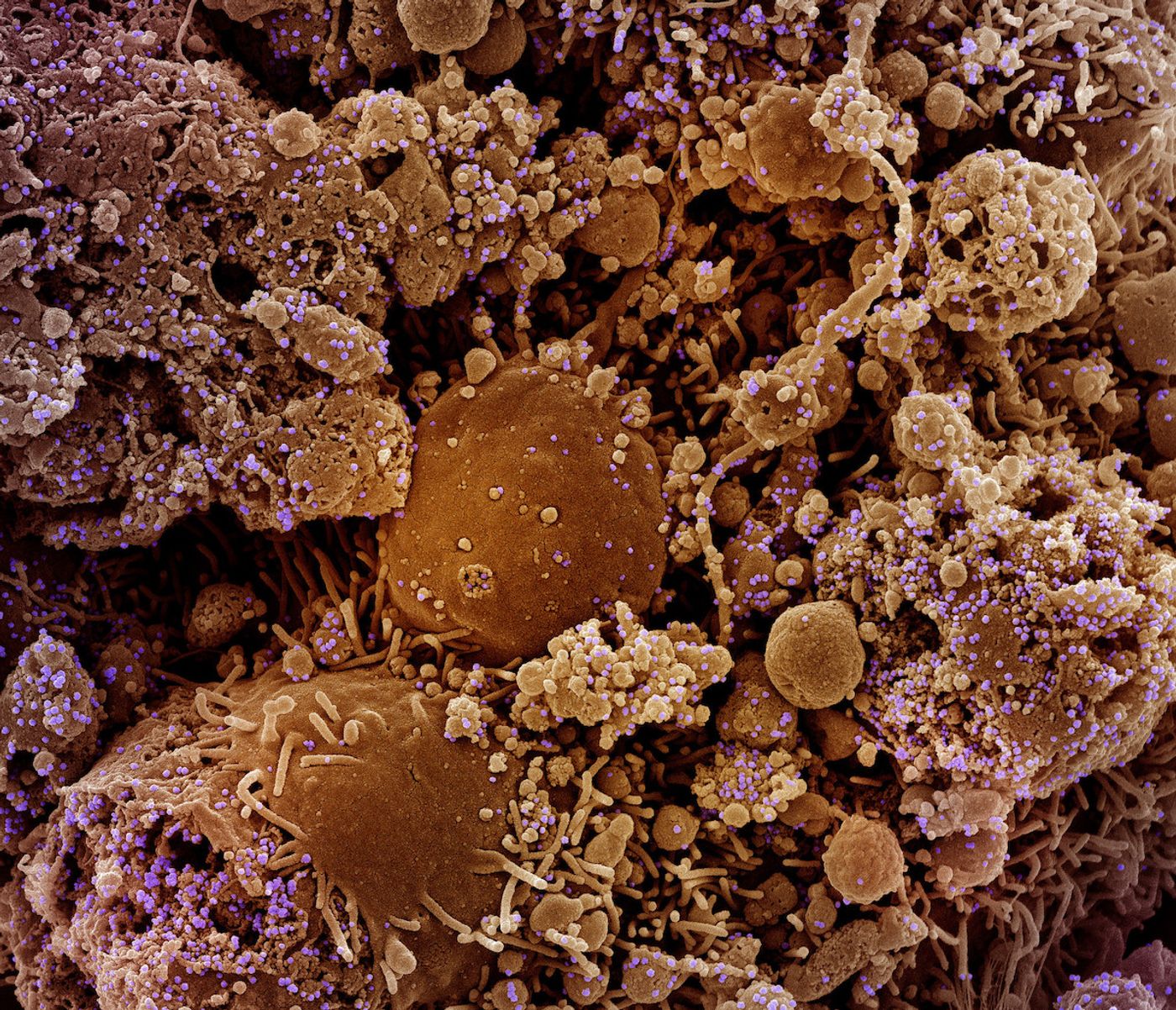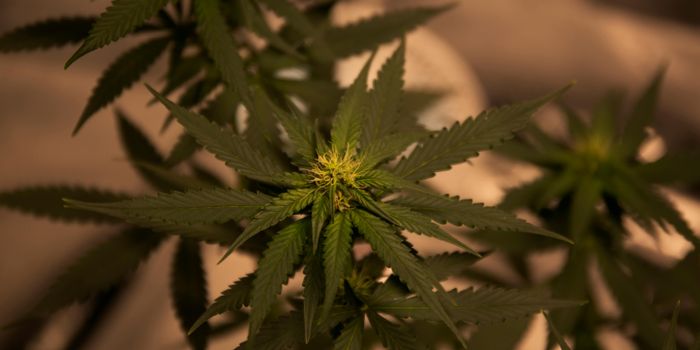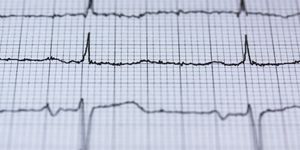Mandated Masking & Vaccination Gets a University Back to 'Normal'
Students at Boston University were told to get vaccinated and wear masks on campus. That has allowed people to attend classes as usual, and without spreading SARS-CoV-2, the virus that causes COVID-19. The findings have been reported in JAMA Network Open. "Going back to full-occupancy, in-person teaching at Boston University did not lead to SARS-CoV-2 transmission in-class," said corresponding study author John Connor, Ph.D., associate professor of microbiology at the Boston University School of Medicine.
There has been a huge debate about school attendance since the onset of the pandemic. At first, there did not seem to be a consensus on how SARS-CoV-2 was spreading. It eventually became clear that aerosol droplets were infectious, and that when people were grouped together indoors, their risk of infection was much higher than if they were outdoors.
While school closures reduced the spread of disease early on in the pandemic, there were clear negative effects on students. There is evidence that many students have fallen behind academically, for example, and many missed significant milestones. While school attendance is very important, people who are sick have difficulty learning as well, so it should be done safely.
Researchers have sought to understand whether classes that are conducted in person without physical distancing will drive transmission of the virus.
In this study, researchers used epidemiological and genomic tools to study how SARS-CoV-2 might have been spreading throughout over 140,000 class meetings. There were also major mitigation efforts that including enhanced air filtration, mandatory masking and vaccination, as well as testing individuals to watch for the disease.
For any case of COVID-19 that occurred on campus, the researchers investigated whether the person had been infected in class. To make that determination, a genetic comparison was done between viral strains in any infected individuals.
"Our reasoning was that if there was in-class transmission, then each person in that potential transmission event would have the same genome. If there was not in-class transmission then the two people would have genomes that are genetically different," Connor explained. "It turned out that none of the nine potential in-class transmission events was real."
This research has provided "solid evidence" that the efforts Boston University made were effective at limiting transmission of the virus ".. in the classroom, something teachers and students everywhere would want to know," he added.
Now administrators know how they can protect students and staff, while resuming in-person classes and activities.
Sources: Boston University School of Medicine, JAMA Network Open
-
MAY 07, 2024Is It Anti-RNP or Anti-Sm/RNP?
- See More
-
APR 30, 2024Immuno-Oncology Virtual Event Series 2024
-
MAY 07, 20243rd International Biosecurity Virtual Symposium
-
JUN 06, 2024The Future of Scientific Conferencing
- See More


















































